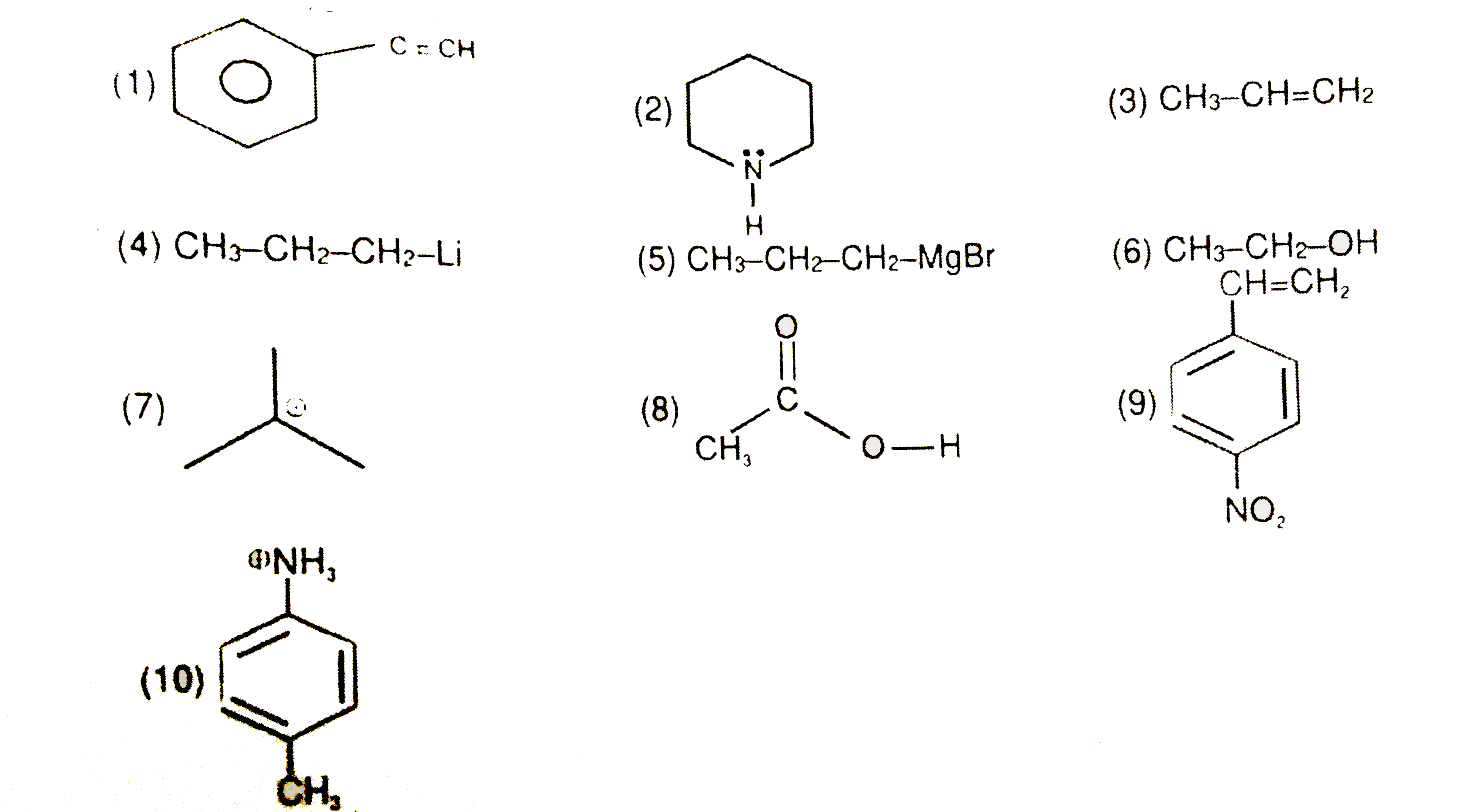What is inductive effect ? Explain
Step-by-Step Text Solution:
1. Definition of Inductive Effect: The inductive effect is defined as the permanent polarization of sigma (σ) bonds within a molecule due to the electronegativity differences between atoms. This effect occurs when a more electronegative atom pulls electron density towards itself, leading to a shift in electron distribution.
2. Nature of the Inductive Effect: The inductive effect is an electronic effect, meaning it involves the movement of electrons in response to the electronegativity of atoms involved in the bond. It is a result of the polarization of sigma bonds, which are the first bonds formed between atoms.
3. Dependence on Electronegativity: The inductive effect depends on the relative electronegativities of the atoms involved. Atoms with higher electronegativity will attract electrons more strongly, leading to a polarization of the bond.
4. Types of Inductive Effects:
- +I Effect (Positive Inductive Effect): This occurs when a group or atom releases electrons towards the rest of the molecule. For example, a methyl group (–CH₃) is an electron-donating group due to its lower electronegativity compared to the carbon in a benzene ring. Thus, it exhibits a +I effect.
- –I Effect (Negative Inductive Effect): This occurs when a group or atom withdraws electrons from the rest of the molecule. For instance, the nitro group (–NO₂) has a higher electronegativity and attracts electrons towards itself, resulting in a –I effect.
5. Examples:
- Example of +I Effect: In a benzene ring with a methyl group (–CH₃), the methyl group donates electron density to the ring due to its lower electronegativity, demonstrating the +I effect.
- Example of –I Effect: In a benzene ring with a nitro group (–NO₂), the nitro group withdraws electron density from the ring, illustrating the –I effect.
6. Conclusion: The inductive effect plays a significant role in determining the reactivity and stability of organic compounds. Understanding the inductive effect helps in predicting the behavior of molecules in various chemical reactions.
---
- +I Effect (Positive Inductive Effect): This occurs when a group or atom releases electrons towards the rest of the molecule. For example, a methyl group (–CH₃) is an electron-donating group due to its lower electronegativity compared to the carbon in a benzene ring. Thus, it exhibits a +I effect.
- –I Effect (Negative Inductive Effect): This occurs when a group or atom withdraws electrons from the rest of the molecule. For instance, the nitro group (–NO₂) has a higher electronegativity and attracts electrons towards itself, resulting in a –I effect.
- Example of +I Effect: In a benzene ring with a methyl group (–CH₃), the methyl group donates electron density to the ring due to its lower electronegativity, demonstrating the +I effect.
- Example of –I Effect: In a benzene ring with a nitro group (–NO₂), the nitro group withdraws electron density from the ring, illustrating the –I effect.
Similar Questions
Knowledge Check
Inductive effect involves
Adisplacement off σ-electrons resulting in polarisationBdisplacement of π-electrons resulting in polarisationCdelocalisation of σ-electronsDdelocalisation of π-electrons.The increasing order of electron donating inductive effect of alkyl groups is
A−H<−CH3<−C2H5<−C3H7B−H>−CH3>−C2H5>−C3H7C−H<−C2H5<−CH3<−C3H7D−H>−C2H5>−CH3>−C3H7
(a) What is EI Nino effect ?
(b) Explain any three measures that you as an individual would take, to reduce environmental pollution.
View SolutionWhat is founder effect?
View SolutionWhat is Magnus effect ?
View SolutionShow the direction of inductive effect in following compounds

View SolutionWhat do you understand by inductive effect? Illustrate your answer with at least two examples.
View SolutionWhat is elastic after-effect?
View Solution
